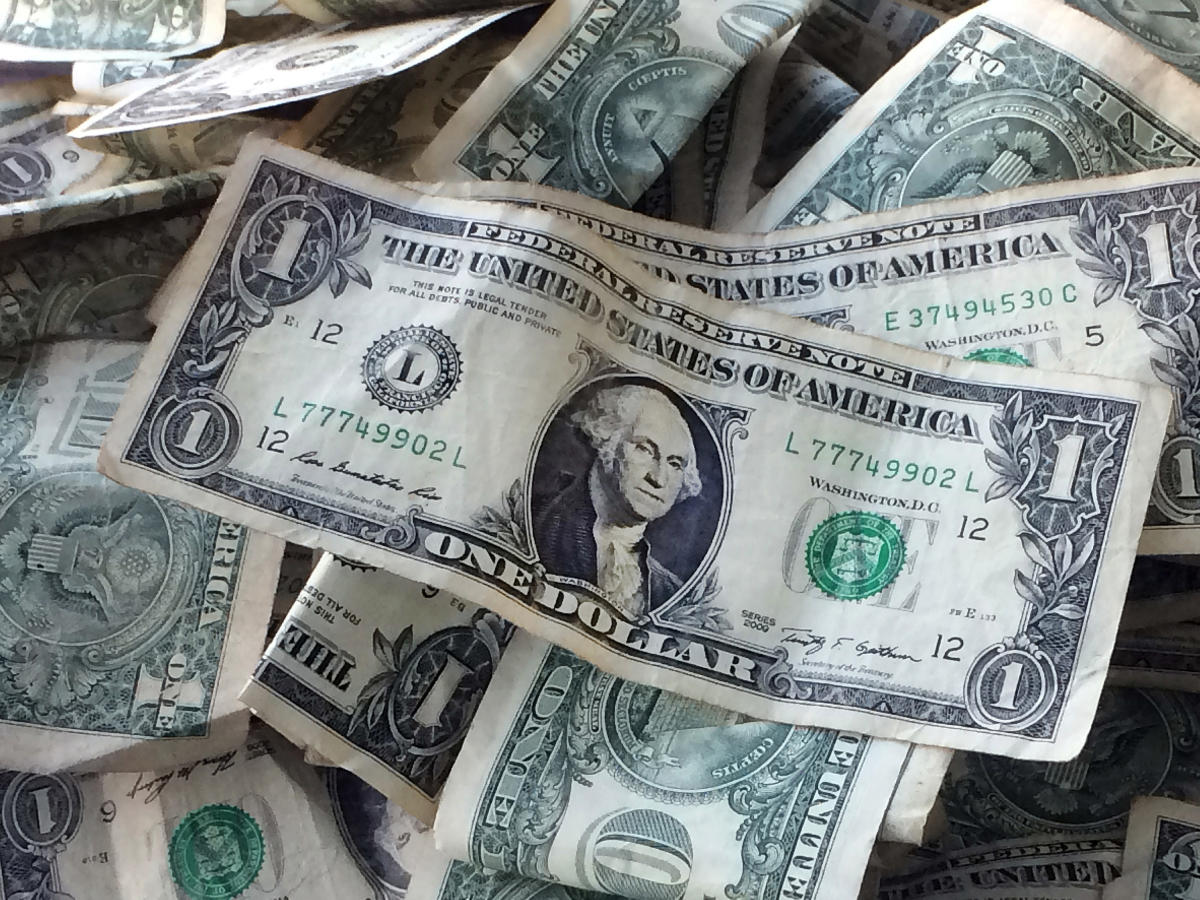The US dollar (DX=F, DX-Y.NYB) has surged over the past six months — and its rapid rise has impacted a slew of corporate earnings so far this season.
Companies ranging from Big Tech behemoths to consumer-facing brands have mentioned foreign exchange headwinds in both their fourth quarter results and forward-looking guidance, a trend that analysts previously warned could occur.
“Alongside recent US dollar strength, the share of S&P 500 companies mentioning FX has risen across 4Q earnings calls,” Goldman Sachs analyst David Kostin wrote in a note to clients last week.
Historically, a strong dollar adversely impacts companies that do most of their business overseas, as it leads to slower revenue and earnings growth over time due to unfavorable foreign exchange conversions.
To that point, megacap tech generates a significant amount of revenue overseas. Apple (AAPL) reported roughly 58% of overall revenue from international sales in its most recent quarter. And the percentage of overseas sales from other Magnificent Seven players like Alphabet (GOOG, GOOGL), Microsoft (MSFT), Tesla (TSLA), and Meta (META) came in at roughly 50% or higher for all of 2024.
Virtually all of those companies issued warnings of the dollar’s strength in their respective earnings releases and calls. Even Amazon (AMZN), which generated just over 23% of revenue overseas in its latest quarter, reported an approximate $900 million headwind from foreign exchange in Q4, “about $700 million higher than what we had anticipated.”
As a result, the e-commerce giant said first quarter revenue should only grow between 5% and 9%, which could potentially be the slowest revenue growth quarter in its history.
“This guidance anticipates an unusually large, unfavorable impact of approximately $2.1 billion, or 150 basis points, from foreign exchange rates,” the company said in the earnings release.
But it’s not just tech companies feeling the impact.
McDonald’s (MCD) said it expects “foreign currency to be a full year headwind to 2025 EPS.” Coca-Cola (KO) issued similar guidance, forecasting comparable EPS percentage growth “to include a 6% to 7% currency headwind,” while Johnson & Johnson (JNJ) predicted a $1.7 billion hit to full-year sales.
The greenback’s positive price action has largely been driven by two main catalysts: Trump’s election and the subsequent Republican sweep, along with the recalibration of future Fed easing in the face of strong economic data.
After hitting a September low, the US Dollar Index, which measures the dollar’s value relative to a basket of six foreign currencies (the euro, Japanese yen, British pound, Canadian dollar, Swedish krona, and Swiss franc), has rallied over 7% and is hovering near the two-year highs it reached in January. Since the election, the index has climbed by around 4%.

